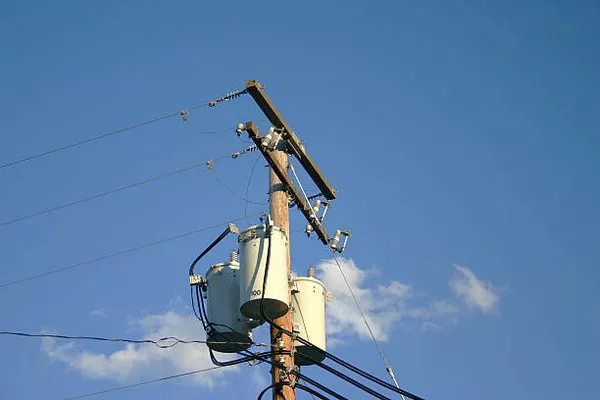Transformers play a crucial role in electrical systems, facilitating the transfer of energy from one circuit to another. However, there is often confusion about whether transformers can convert alternating current (AC) to direct current (DC). In this article, we delve into the functionality of transformers, exploring how they operate and their role in AC to DC conversion.
1. The Fundamentals of Transformers
Transformers are devices that transfer electrical energy between two or more circuits through electromagnetic induction. They consist of two coils of wire, known as the primary and secondary coils, which are wound around a core made of ferromagnetic material. When an alternating current flows through the primary coil, it generates a changing magnetic field in the core, which, in turn, induces a voltage in the secondary coil.
How Transformers Work
The basic principle behind transformer operation is Faraday’s law of electromagnetic induction. According to this law, a changing magnetic field induces an electromotive force (EMF) or voltage in a nearby conductor. In a transformer, the alternating current in the primary coil creates a fluctuating magnetic field in the core, inducing a voltage in the secondary coil proportional to the turns ratio between the primary and secondary coils.
Types of Transformers
Transformers come in various types and configurations, including step-up transformers, step-down transformers, isolation transformers, and autotransformers. Step-up transformers increase the voltage from the primary to the secondary coil, while step-down transformers decrease the voltage. Isolation transformers provide electrical isolation between the primary and secondary circuits, while autotransformers have a single winding that serves both as the primary and secondary coil.
2. AC to DC Conversion: The Role of Rectifiers
While transformers are essential components in electrical systems, they do not directly convert AC to DC. AC to DC conversion typically involves additional components, such as rectifiers, which change the direction of current flow.
Understanding Rectifiers
Rectifiers are electrical devices that convert alternating current (AC) to direct current (DC) by allowing current to flow in only one direction. The most common type of rectifier is the diode rectifier, which consists of one or more diodes connected in a specific configuration. Diodes are semiconductor devices that conduct current in one direction while blocking it in the opposite direction.
Half-Wave and Full-Wave Rectification
Rectifiers can perform either half-wave or full-wave rectification, depending on the configuration of the diodes. In half-wave rectification, only one half of the AC waveform is converted to DC, resulting in a pulsating DC output. Full-wave rectification, on the other hand, utilizes multiple diodes to convert both halves of the AC waveform into DC, resulting in a smoother output with less ripple.
3. The Role of Transformers in AC to DC Power Supplies
While transformers do not directly convert AC to DC, they play a crucial role in AC to DC power supplies by providing the necessary voltage transformation.
Power Supply Basics
AC to DC power supplies, also known as rectifiers or converters, convert alternating current (AC) from the mains supply to direct current (DC) suitable for powering electronic devices. These power supplies consist of several stages, including rectification, filtering, and voltage regulation.
Transformer in Power Supplies
The transformer in an AC to DC power supply serves to step down or step up the voltage from the mains supply to a level suitable for rectification and subsequent processing. Step-down transformers are commonly used to reduce the mains voltage to a lower level, while step-up transformers may be employed in special applications where higher voltages are required.
See Also What Is The Purpose Of Oil In A Transformer? A Full Insight
Conclusion
In conclusion, transformers are fundamental components in electrical systems, facilitating the transfer of energy between circuits through electromagnetic induction. While transformers themselves do not convert AC to DC, they play a crucial role in AC to DC power supplies by providing the necessary voltage transformation. Rectifiers, such as diode rectifiers, are responsible for converting AC to DC by allowing current to flow in only one direction. Understanding the complementary functions of transformers and rectifiers is essential for designing and operating efficient electrical systems and power supplies.

